We independently evaluate all recommended products and services. If you click on links we provide, we may receive compensation.
Like death and taxes, wrinkles are inevitable. But our psychological approach to the development of fine lines can find us in one of two camps: those who’ve rebranded wrinkles as wisdom lines to be worn as a badge of honor and those who would rather do whatever possible to hinder their development. For the latter, there are obvious lifestyle choices that help the cause — chief among them, wearing SPF, applied amply and often. But sunscreen isn’t a cure-all. As Dr. Lauren Eckert Ploch, M.D., M.Ed., FAAD, a dermatologist in South Carolina, notes, “Any repetitive movement can cause wrinkles.”
Indeed, there’s a bevy of other low-key habits that sneakily encourage the formation of fine lines on the face, neck, and decolletage. To uncover the ways in which we may unknowingly facilitate their development, we spoke with three board-certified dermatologists about the sneaky things that can contribute to wrinkles.
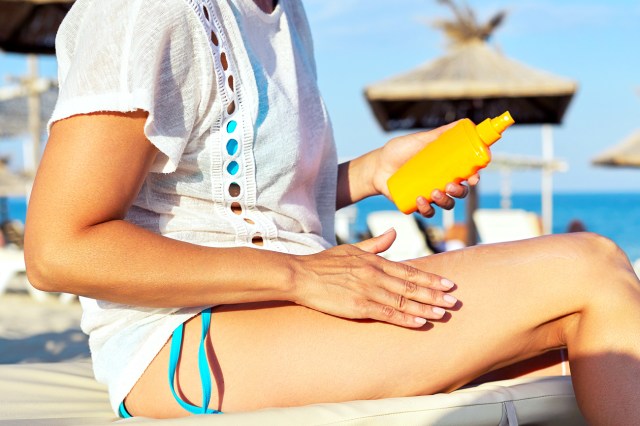
1. Keeping SPF in the Car (or in Other Extreme Temperatures)
Most of us know enough to not only apply sunscreen daily, but to reapply throughout the day, too. (The American Academy of Dermatology suggests reapplying SPF every two hours, and immediately after swimming or sweating — no matter what kind of weather you’re in.) But where many of us may be thwarted is in how we store our SPF when on the go — and that can have a serious effect on protection from wrinkle development, says Dr. Jeanette M. Black, M.D., FAAD, a New York-based dermatologist.
“I encourage reapplication of sunscreen, especially if you are on the go,” she says, reminding people to reapply to all exposed skin, including the neck and chest. “But don’t keep your sunscreen in your car. Sunscreen formulations shouldn’t be exposed to temperatures that get too hot or too cold.” Either may stymie a formula’s efficacy. Even if an SPF’s physical properties don’t change (as in the case of separation occurring or a foul smell developing), Dr. Black says a formula’s efficacy to protect against sun can still be compromised in extremely hot or cold environments.
Instead of stashing sunscreen in your car console or a beach-bound cooler, try using an insulated makeup bag made to regulate the temperature of the products inside, such as those made by Wellinsulated.

2. Side Sleeping
Turns out, the choices we make even when we’re unconscious can contribute to the development of fine lines. As Dr. Black notes, sleeping on one’s side can lead to the formation of wrinkles on the face (by compressing the face on a pillow) and the neck and decolletage (thanks to the weight of the breasts creasing the skin on the chest and neck). For those who can’t train themselves to sleep on their backs, Dr. Black suggests using pillows specifically designed to limit facial compression during sleep to curb the development of facial wrinkles (such as the EnVy Copper + Silk 100% Natural Latex PROACTIVE-Aging Pillow or the Sleep & Glow Omnia Pillow). “Silk pillowcases can also be beneficial for patients,” she says.
To address the decolletage area, Dr. Black suggests trying a special sleep bra that keeps breasts separated while sleeping on one’s side (for example, the Sleep & Glow Pillow Bra). Another option? “Sleeping with silicone patches on your chest can be very helpful to prevent these kinds of wrinkles,” Dr. Black says, pointing to products such as the SiO ChestLift Patch and Wrinkle Schminkles Chest Wrinkle Patch.
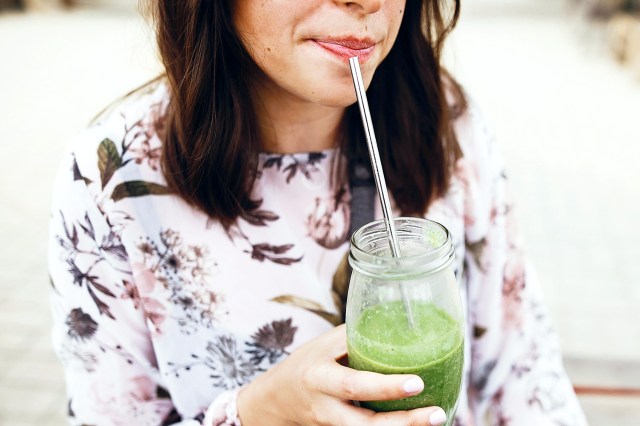
3. Sipping From Straws
We love our Stanley Cup just as much as the next person, and it seems unfair that we’d be punished for staying hydrated, but as Dr. Ploch points out, any activity in which we repeatedly pucker our lips — including sipping from straws (or vaping) — can encourage the development of fine lines around the mouth. “Pursing the lips leads to wrinkles that form in a radial distribution around the lips,” Dr. Ploch says. The obvious fix is to avoid drinking from straws, smoking, and vaping. The rub? “Many people purse their lips without realizing it,” Dr. Ploch says. “For example, they may purse their lips when in thought or when upset.”
Because stopping a habit we’re not even cognizant of is obviously difficult (if not impossible), Dr. Ploch suggests placing a few units of botulinum toxin (such as Botox) around the lips (also known as a “lip flip”) to act as a neuromodulator. “Neurotoxin can help prevent someone from being able to purse the lips easily because it weakens the muscle around the lips and makes it more difficult to move the lips in that manner,” she says.
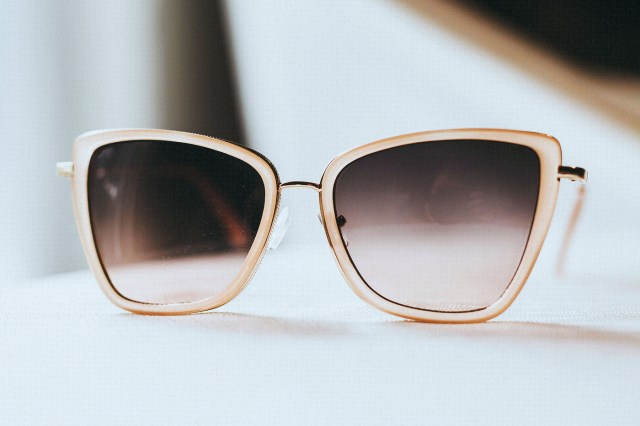
4. Forgetting Shades
Sunglasses not only look cool, but also keep us from squinting, a repetitive movement that leads to the formation of so-called “crow’s feet,” or fine lines near the outer corner of the eyes. For this reason, Dr. Ploch suggests wearing shades — even on days that aren’t particularly bright, since we tend to squint when it’s hazy out, too. Bonus: “Some sunglasses lenses are made to protect our skin from UV damage when we wear them, something that can also decrease our risk of developing dark spots on the skin, too,” she says.
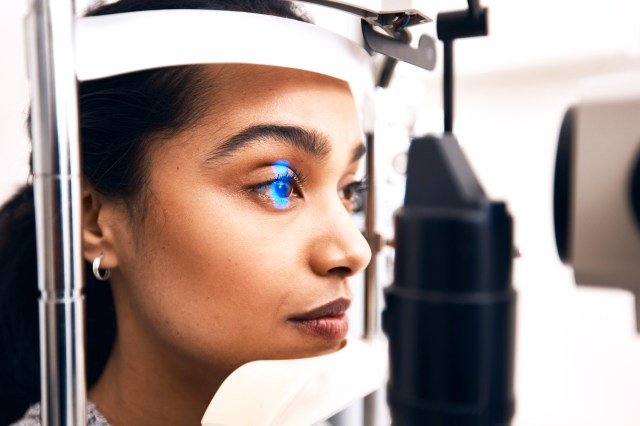
5. Skipping an Eye Exam
Forgetting to wear sunglasses isn’t the only thing that leads to increased squinting (and deeper crow’s feet). “Many people squint because their vision has changed. This can result in squinting when reading and/or driving. Vision changes can also lead to the development of forehead wrinkles,” Dr. Ploch says. “It's important to see an ophthalmologist on a regular basis to ensure that we don't need glasses, contacts, or a new prescription.” In short: Make that eye exam appointment, keep up on your prescriptions, and you’ll squint less.
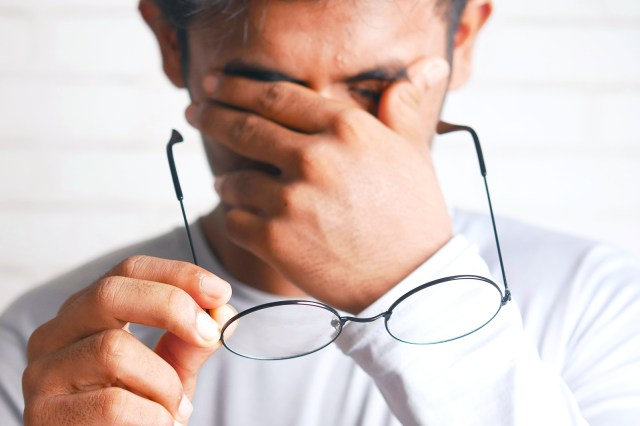
6. Pulling or Rubbing Upper Eyelids
“The biggest cause of forehead wrinkles in patients aged 40 to 60 is the need for a blepharoplasty,” Dr. Ploch says. “Many of us develop hooded upper eyelids over time. This is often due to genetics, though chronic pulling and rubbing of the upper eyelid area can worsen the effect. But instead of booking a blepharoplasty surgical procedure, many people try to lift their eyebrows and eyelids by raising forehead muscles in order to see better.” This can cause wrinkles.
Some might be tempted to address these lines with neuromodulators (such as Botox), but Dr. Ploch warns against it if you already have hooded eyelids. “While neurotoxin can help prevent forehead hypermotility, it can worsen hooding of the eyelids if done incorrectly or at too high of a dose,” she explains. Instead, she says, the best fix for hooded eyelids is an upper eyelid blepharoplasty, though it’s pricey and not without average surgical risks.
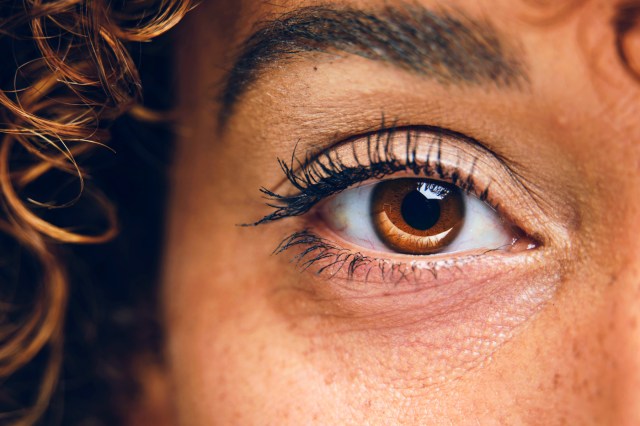
7. Rubbing Your Eyes
“Most people have habitual tics or habits that can lead to facial wrinkles,” says Dr. Anthony M. Rossi, M.D., FAAD, FACMS, a dermatologist and Mohs micrographic surgeon at Memorial Sloan Kettering Cancer Center in New York City. “For example, some chronically rub their nose or rub their eyes due to allergies, which helps create eyelid or nasal wrinkles.” The best solution is to keep your hands away from your face when not applying SPF or otherwise engaging in a skin care routine.

8. Cozying Up to a Heater
“Heated air, especially gas heat, can dry out our skin and make wrinkles appear worse temporarily,” Dr. Ploch says. To help address the effect, the dermatologist suggests using gentle cleansers and moisturizer regularly — and avoiding pulling on the skin when applying and removing makeup to prevent the development of skin laxity over time.
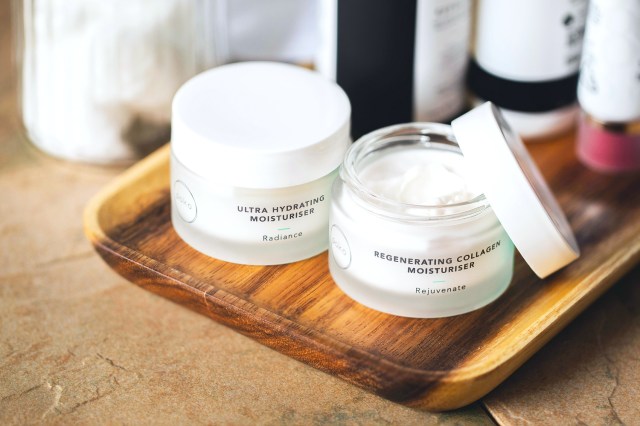
9. Selecting the Wrong Skin Care Products
According to Dr. Ploch, even our choice of skin care products can be linked to the development of fine lines. Harsh exfoliants (such as physical scrubs and dry brushes used for lymphatic drainage) can cause rebound skin to thicken over time, while harsh chemical exfoliants (and even chemicals in makeup) can lead to increased irritation and sun sensitivity.
“Thickening of the skin can make our skin look dull and leathery, leading to wrinkles, while increased sun sensitivity can increase our damage from UV rays, which can speed up photoaging,” Dr. Ploch explains. For this reason, the skin pro suggests using mild chemical exfoliants (such as retinoids) in the evening, along with a mineral SPF every morning. She also says patients forget to cover their necks and chests when applying retinoids and SPF. Including these areas in skin care routines will help ward off the development of wrinkles in those respective areas.
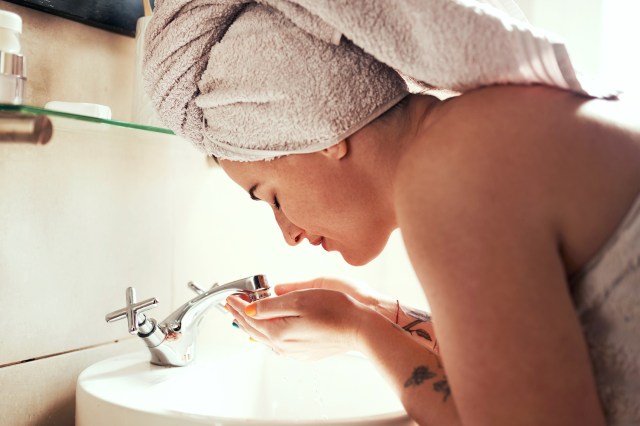
10. Intermittent Cleansing
Cleansing like clockwork is essential for keeping skin clean. And according to Dr. Ploch, cleansing morning and night also can help keep wrinkle development at bay. “Pollution in our external environment contains free radicals, which cause oxidative stress and damage to our skin cells. Over time, this can result in cell death of fibroblasts, which produce collagen,” Dr. Ploch says. What’s more, free radicals can damage collagen and elastin directly. In turn, compromised collagen and elastin can lead to the development of wrinkles. To keep collagen and elastin healthy, keep free radicals away, prevent irritation from skin care products, and remove outside pollutants from our skin, the dermatologist recommends cleansing twice daily with a gentle cleanser.

11. Staring Down at Screens
Even a decade after the term “tech neck” entered the lexicon, most of us still can’t help but look down at our phones for hours a day, something that contributes to horizontal fine lines in the neck. “Most people notice it in their early 20s, but it can happen earlier or later,” Dr. Ploch notes.
Short of eradicating the habit altogether, the derm suggests applying sun protection and retinoids to the neck daily and nightly. “I recommend using facial products on the neck and chest, as these areas receive as much sun exposure as the face, and because over time, UV damage degrades the elastic tissue in our skin’s dermis, making our skin more lax and more prone to wrinkles,” she says. Another fix? Try “microtox” (small doses of neurotoxin) in the neck to decrease hypermotility and tighten the skin. “Dermal fillers like Restylane, Juvederm, and Sculptra can also be beneficial in this area, in addition to collagen-stimulating laser treatments,” she adds.
This article is for general informational purposes only.
Affiliate Disclaimer Medical Disclaimer



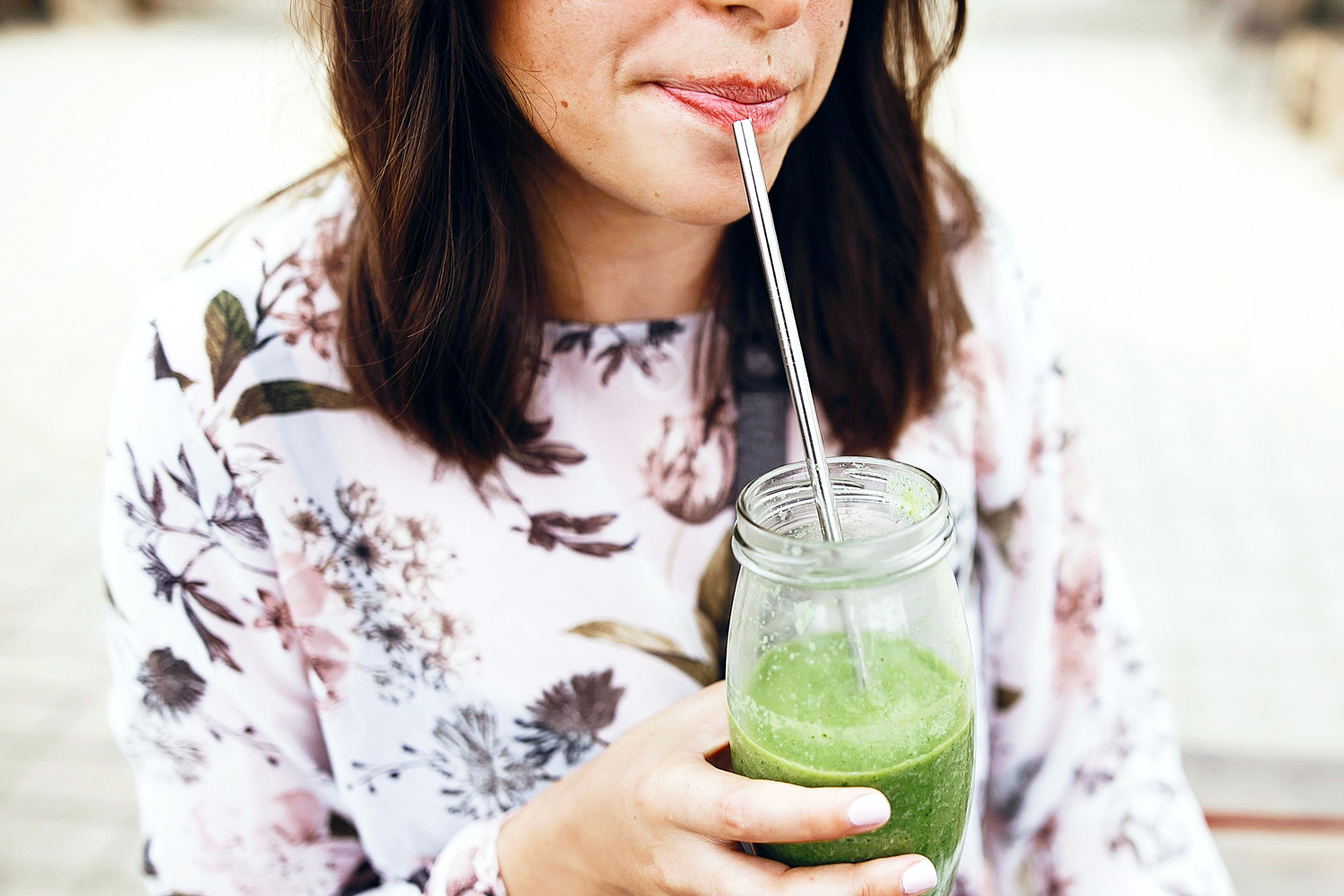
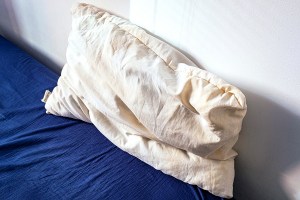




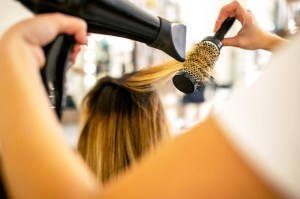
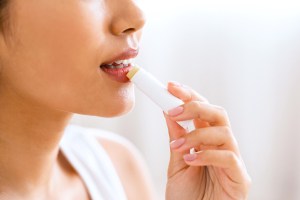

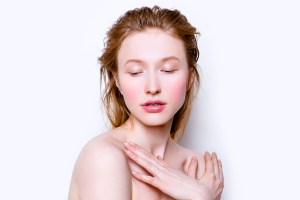

 Unique Beauty is free for all users.
Unique Beauty is free for all users.